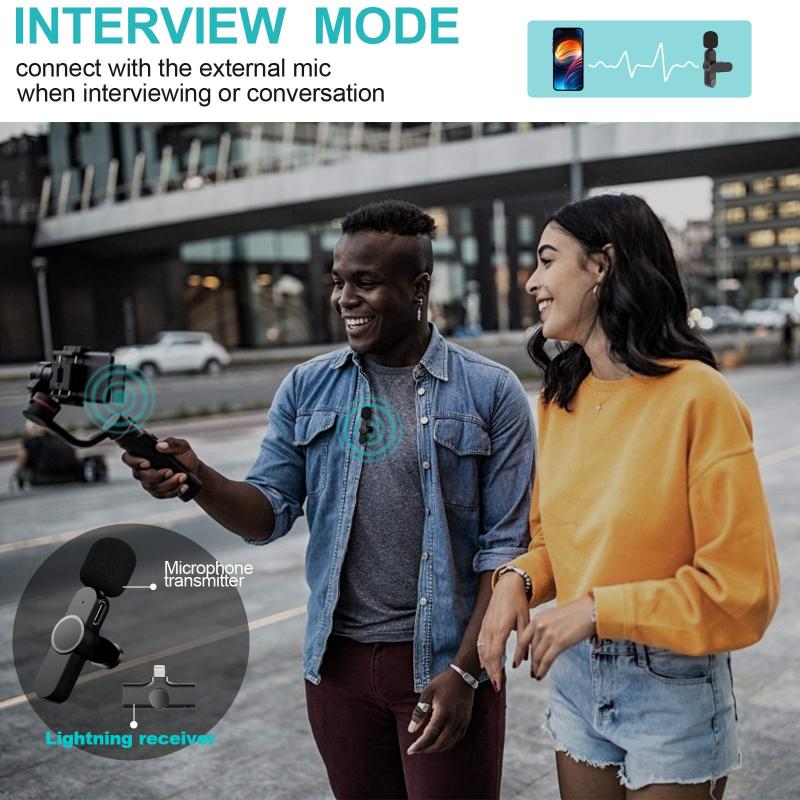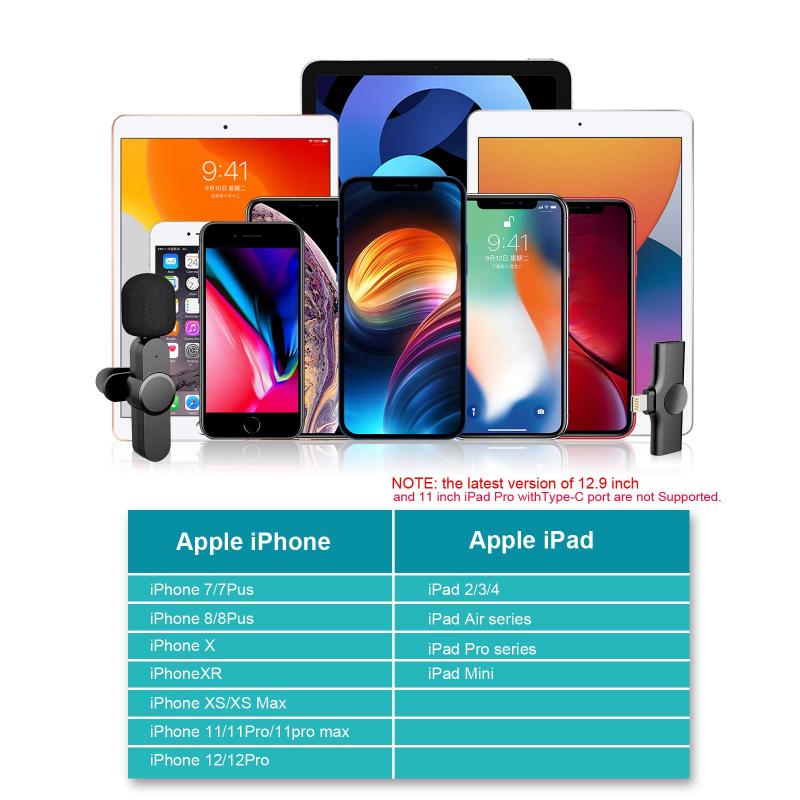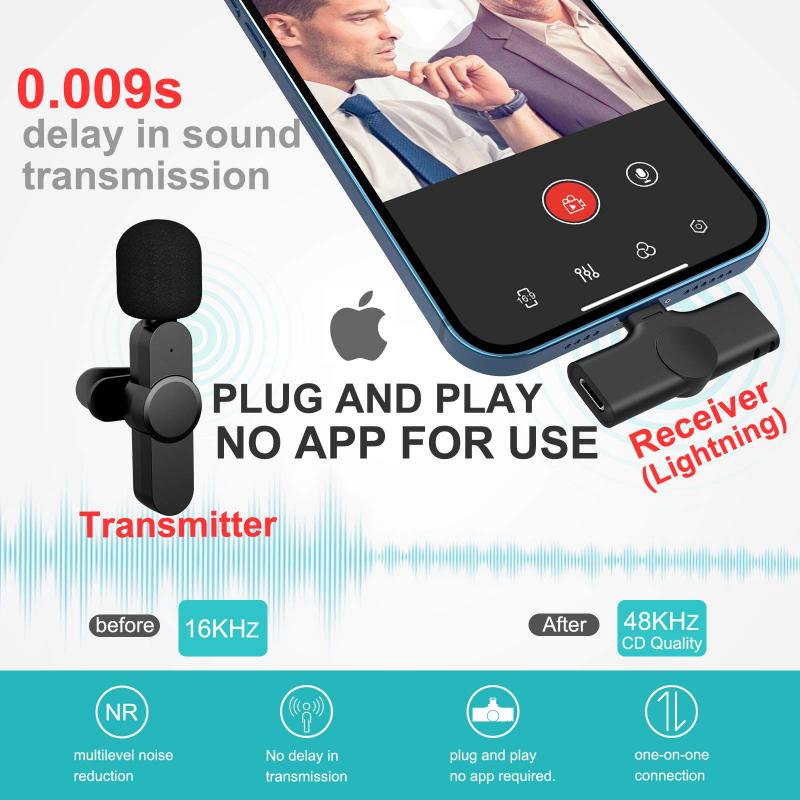How To Record Voice On Mac?
Recording voice on a Mac is a common task that many users need to accomplish for various reasons, such as creating podcasts, recording lectures, or capturing voice memos. Fortunately, macOS offers several built-in tools and third-party applications that make this process straightforward and efficient. In this article, we will explore the different methods available for recording voice on a Mac, providing step-by-step instructions and tips to ensure high-quality recordings.
Using QuickTime Player

QuickTime Player is a versatile media player that comes pre-installed on all Macs. It is not only useful for playing videos but also for recording audio. Here’s how to use QuickTime Player to record your voice:
1. Open QuickTime Player: You can find QuickTime Player in the Applications folder or by using Spotlight search.
2. Start a New Audio Recording: Click on "File" in the menu bar and select "New Audio Recording."
3. Adjust Recording Settings: In the audio recording window, you will see a red record button. Next to it, there is a drop-down arrow that allows you to select the input source (e.g., built-in microphone, external microphone) and adjust the recording quality.
4. Begin Recording: Click the red record button to start recording your voice. Speak clearly into the microphone.
5. Stop Recording: Click the stop button (a square inside a circle) when you are finished.
6. Save the Recording: Go to "File" and select "Save." Choose a location and file name for your recording.
Using Voice Memos

Voice Memos is another built-in application on macOS that is specifically designed for recording audio. It is simple to use and perfect for quick voice recordings. Here’s how to use Voice Memos:
1. Open Voice Memos: You can find Voice Memos in the Applications folder or by using Spotlight search.
2. Start a New Recording: Click the red record button at the bottom of the window to start recording.
3. Pause and Resume: If you need to pause the recording, click the pause button. You can resume by clicking the record button again.
4. Stop Recording: Click the done button (a square inside a circle) when you are finished.
5. Edit and Save: You can trim or edit the recording by clicking the "Edit" button. Once satisfied, the recording is automatically saved in the Voice Memos library.
Using GarageBand

GarageBand is a more advanced tool that comes pre-installed on Macs. It is ideal for users who need more control over their recordings, such as musicians or podcasters. Here’s how to use GarageBand to record your voice:
1. Open GarageBand: You can find GarageBand in the Applications folder or by using Spotlight search.
2. Create a New Project: Click on "File" and select "New Project." Choose "Empty Project" and click "Choose."
3. Select Audio Track: In the new project window, select "Audio" as the track type and click "Create."
4. Set Up Microphone: Ensure your microphone is connected and selected as the input source. You can do this by clicking on the track header and selecting the appropriate input.
5. Record Your Voice: Click the red record button in the control bar to start recording. Speak clearly into the microphone.
6. Stop Recording: Click the stop button when you are finished.
7. Edit and Save: You can edit your recording using the various tools available in GarageBand. Once satisfied, go to "File" and select "Save" to save your project.
Using Third-Party Applications

While the built-in tools on macOS are quite powerful, there are also several third-party applications that offer additional features and flexibility for recording voice. Some popular options include:
- Audacity: A free, open-source audio recording and editing software that is highly versatile and widely used.
- Adobe Audition: A professional-grade audio editing software that offers advanced features for recording and editing.
- Logic Pro X: A comprehensive digital audio workstation (DAW) for music production and recording.
Tips for High-Quality Voice Recordings
Regardless of the tool you choose, here are some tips to ensure high-quality voice recordings:
1. Use a Good Microphone: While the built-in microphone on your Mac can suffice for basic recordings, investing in a good external microphone can significantly improve audio quality.
2. Find a Quiet Environment: Background noise can detract from the clarity of your recording. Try to record in a quiet room and minimize any potential sources of noise.
3. Adjust Input Levels: Ensure that the input levels are set correctly to avoid distortion or clipping. Most recording software allows you to adjust the input gain.
4. Use Pop Filters: If you are using an external microphone, consider using a pop filter to reduce plosive sounds (e.g., "p" and "b" sounds) that can cause distortion.
5. Monitor Your Recording: If possible, use headphones to monitor your recording in real-time. This allows you to catch any issues early and make adjustments as needed.
Recording voice on a Mac is a straightforward process, thanks to the variety of built-in tools and third-party applications available. Whether you are using QuickTime Player for a quick recording, Voice Memos for convenience, GarageBand for more advanced control, or a third-party application for professional-grade features, there is a solution to meet your needs. By following the steps outlined in this article and implementing the tips for high-quality recordings, you can ensure that your voice recordings are clear, professional, and effective.
